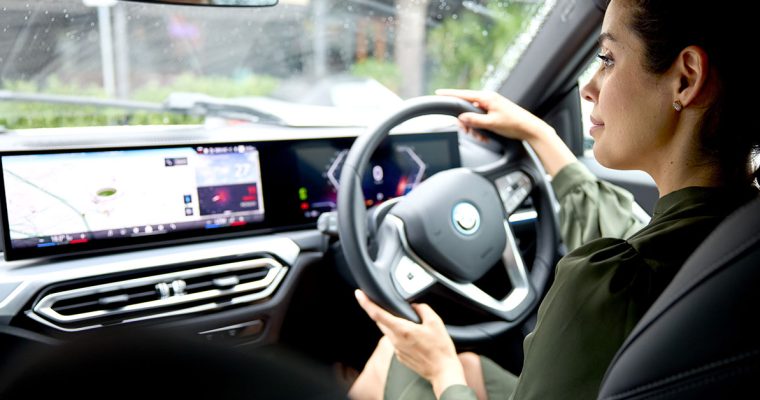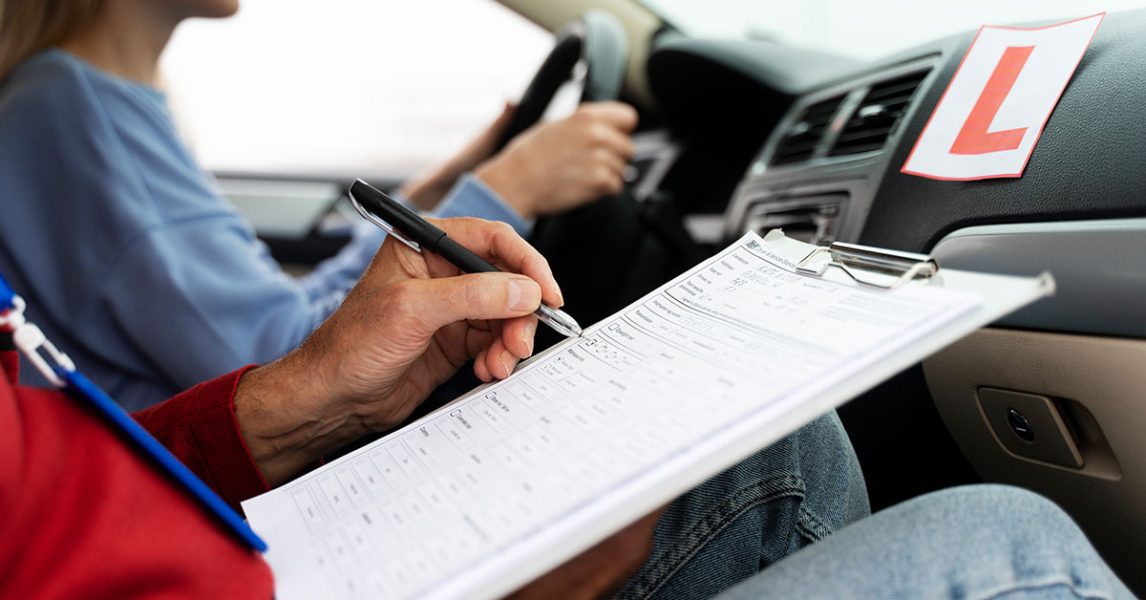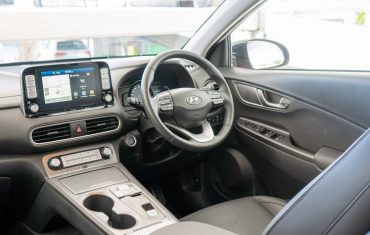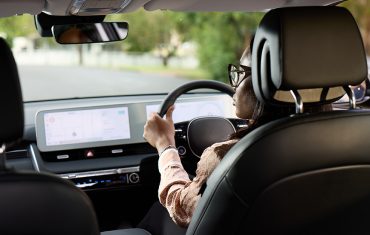
How well-trained are we as drivers?
For your employeesMany jobs in today’s world of work require us to regularly update or renew qualifications or certifications to demonstrate our competency and stay employed. But when it comes to driving — privately and for work — few of us are required to address our competency behind the wheel on an ongoing basis.
As we strive to reduce the number of collisions and road deaths on our roads, is it time to start looking at how well-trained we are as drivers? Many of us will only be tested once – when we initially start driving – and over the years, bad habits can creep into our driving practice, as well as a certain level of complacency.
Let’s consider what it takes to get a driver’s licence, and then what could be introduced to keep us on top of our driving game.

Getting a driver’s licence
Each State and Territory in Australia has its own legislation around the legal requirements for getting a driver’s licence, although all consider a learner driver’s licence or permit (known as L-Plates) as the first step.
You can’t hold a restricted or full licence without having first held a learner driver licence, and the minimum age for obtaining your L-plates in Australia ranges from 15 to 16 years of age.
As part of obtaining a driver’s licence, each state also requires L-platers to clock up a minimum number of supervised driving hours to build up their experience and confidence on the road. The requirements vary from state to state and the age of the L-plater.
For learners under 25 years of age, the logged driving hours requirements are:
- NSW – 120 hours (including 20 hours at night)
- Victoria – 120 hours (including 20 hours at night)
- Queensland and the ACT – 100 hours (including 10 hours at night)
- Tasmania – between 80 and 120 hours (including 15 hours at night)
- South Australia – 75 hours (including 15 hours at night)
- Western Australia – 50 hours (including five hours at night)
- Northern Territory – no logbook/minimum driving hours
The minimum age to apply for a restricted driver’s licence varies between 17 and 18 years of age. Across Australia, a full licence can be obtained after 12 months to two years of holding a probationary/restricted licence.
For licensing requirements for drivers over the age of 21 in Australia, refer to the relevant state roads authority or department.

Advanced driving courses – going to the next level
So, is it worth looking at an advanced and/or defensive driving course sometime across your driving career?
Year-on-year data to April 2024 shows the most prominent age group in Australia’s road deaths are aged between 40-64 (398), which indicates that experience doesn’t necessarily mean safer driving. You’d be hard-pressed to find a road safety expert, police officer or trauma surgeon who wouldn’t encourage you to do a defensive/advanced driving course, even if you’ve been behind the wheel for decades – in fact, this could be the time when a refresher or advanced course really makes sense.
Subsidising advanced driver training courses as part of your employee recognition or staff benefits scheme is a simple way to promote safe driving within your organisation, skill up drivers who haven’t been properly tested for years and contribute to safer roads. Furthermore, your employees can learn driving techniques that improve fuel economy, reduce wear and tear on your business vehicles, manage fatigue and better use the latest safety technology.

Ongoing driver training methods
Traditionally, professional development for drivers has meant vehicle downtime and lost revenue with staff off the road while undergoing training. But, with significant advances in technology, the delivery and quality of training have become considerably swifter, smarter and more engaging for the participants.
Modern driver training involves the use of interactive digital technology like virtual reality devices and simulators to measure decision-making and reaction times, hazard detection and driving in difficult conditions (without having to put the driver in actual danger). Video technology has been incorporated into many refresher training programs so participants can assess and refine their techniques. A vast number of training programs can also be incorporated into your workplace, instead of requiring staff to travel to an off-site venue.

Bottom line: We can never stop learning
There’s a host of jobs that mandate ongoing accreditation or testing of some kind. In teaching and nursing, for example, there’s a requirement for employees to complete a minimum number of professional development hours across the course of every year.
And yet, despite the ever-present risk of serious injury or death due to unsafe driving, there are no formal requirements for professional drivers to regularly prove their competency in Australia or Aotearoa New Zealand. But that doesn’t mean we don’t need it.
HR professionals and operations managers can take the lead in promoting safer driving, reducing road accidents and deaths, and promoting a safety-first culture in their workplace by encouraging staff to regularly refresh their skills behind the wheel or incorporating advanced driving courses into their employee benefits scheme.
Better to be proactive than reactive.
Talk to SG Fleet today about safer driving for your business.
 Driving Insights
Driving Insights




